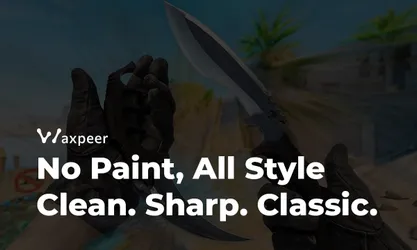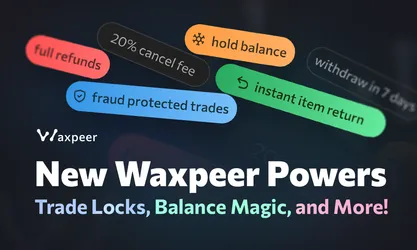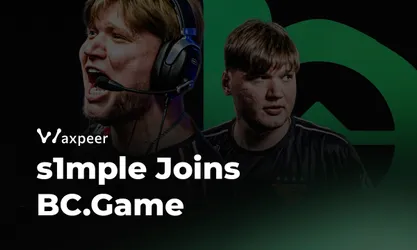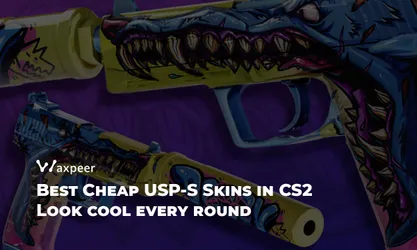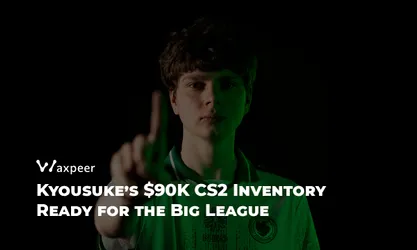From CS to Valorant: The Challenging Transition of Pros
Our today's article explores the challenges faced by CS pros as they transitioned to Valorant and struggled to find success.
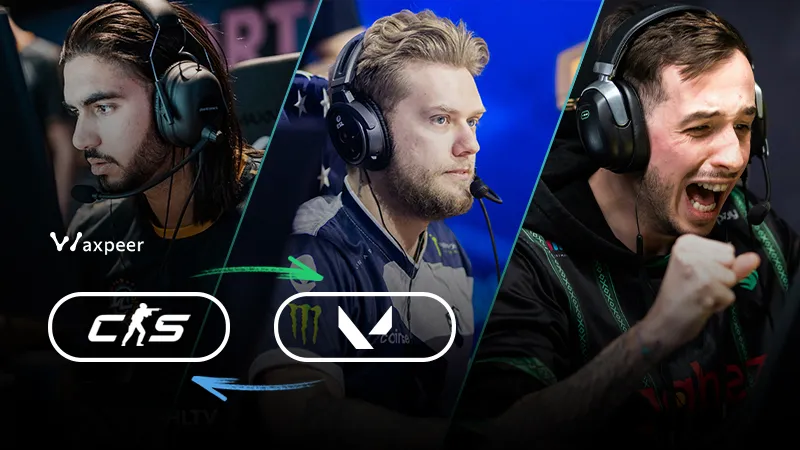
The launch of Valorant by Riot Games back in 2020 significantly impacted the Esports community, particularly the landscape of competitive shooters. Many professional Counter-Strike: Global Offensive players saw an opportunity in Valorant's rising popularity and decided to switch games. However, not all transitions were smooth, and some notable CS:GO players struggled to achieve success in Valorant. This article explores the challenges they faced and why they couldn't find the same level of success in the new title.
Nick "nitr0" Cannella
Nitr0 was key to Team Liquid's success in CS:GO, mainly because of his leadership and flexible playstyle. He could serve both as an AWPer and a support player. When he switched to Valorant and joined 100 Thieves, expectations were high. Despite his extensive experience, Nick struggled to adapt to the new game's different mechanics and overall pacing. His time in Valorant was marked by inconsistent performances, and after just a few months, he decided to return to CS:GO, rejoining Liquid. It seems that even seasoned professionals may struggle to find success when switching Esports titles. Not long ago, he returned to Valorant to play for M80 but left the team shortly after.
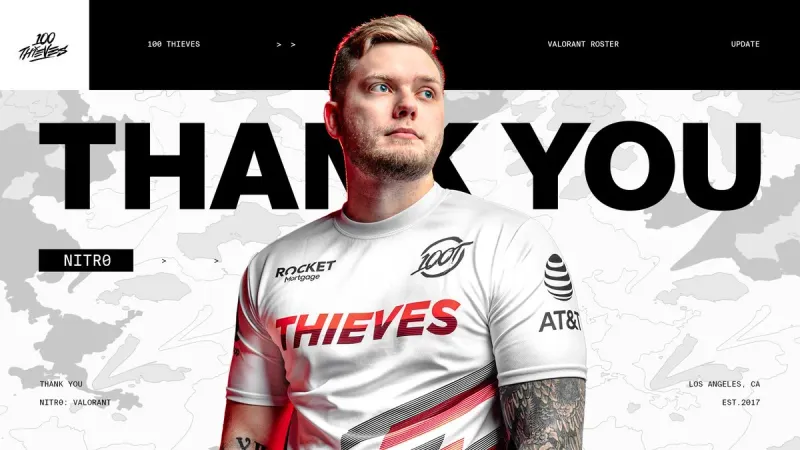
Kenny "kennyS" Schrub
KennyS, who is probably the best-known AWPer to play any version of Counter-Strike, also made a brief entry into Valorant. His decision was met with enthusiasm from fans who expected his sniper skills to translate seamlessly to Valorant's Operator. However, the reality was different. Valorant's mechanics and agent abilities required a different approach to sniping, and Kenny couldn't achieve the same level of dominance he had in CS. His Valorant chapter was short, and he eventually retired to focus on streaming.
Damian "daps" Steele
Daps was (and still is) one of the best NA IGLs, recognized for his ability to build strong teams from scratch. Transitioning to Valorant with NRG Esports, Damian aimed to replicate his team-building success. However, his teams struggled to find consistent success, necessitating changes. After a few years of no wins at major events and difficulties improving his individual performance, daps eventually transitioned into a coaching role in CS2.
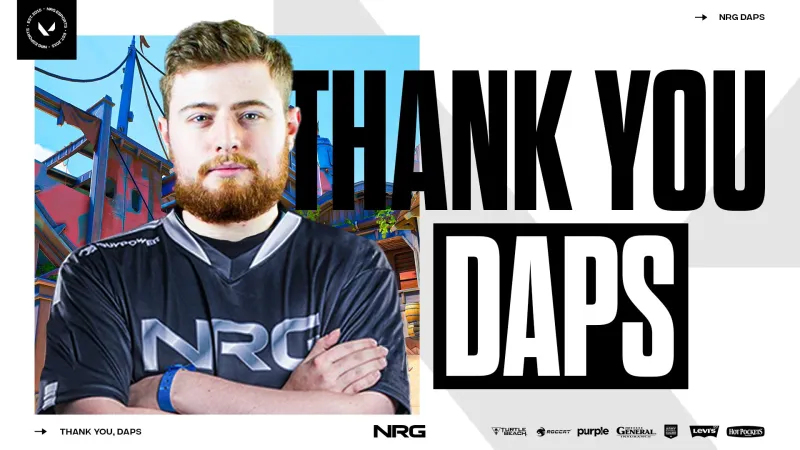
Adil "ScreaM" Benrlitom
ScreaM, known as "The Headshot Machine" for his incredible aim and headshot percentage, also switched disciplines. Joining Team Liquid's Valorant roster, ScreaM occasionally displayed flashes of his former brilliance but struggled to maintain consistency. Valorant's focus on abilities and team coordination often overshadowed pure aim, ScreaM's primary strength. Although he has remained a notable figure in Valorant, he has had almost no success compared to his dominant CS:GO days.
Oscar "mixwell" Cañellas
Mixwell, Spanish ex-tier1 CS player, transitioned to Valorant with G2 Esports and later Team Heretics. Despite his strong start and adaptability, mixwell faced challenges in maintaining top-tier performance. Valorant's evolving meta and the need to play supportive roles added layers of complexity that eventually made him quit. While mixwell continues to be an active Valorant player, his journey has been marked by ups and downs.
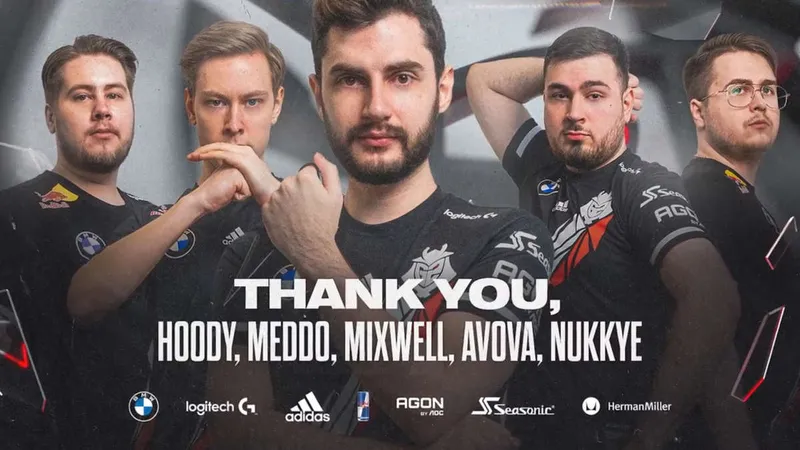
The Big Challenges
The transition from Counter-Strike to Valorant has proven to be a serious challenge, even for some of the most talented and experienced players. While nitr0, ScreaM, and others have all shown their exceptional skill, the different demands of Valorant have prevented them from achieving the same consistent results as they were so used to from CS times. Their journeys underscore the diversity of Esports and the unique challenges posed by each game, reminding us that even the best players must continually adapt and evolve.
